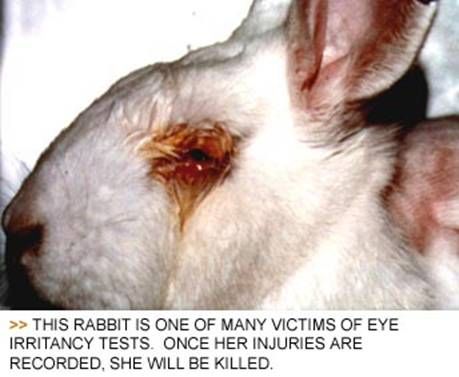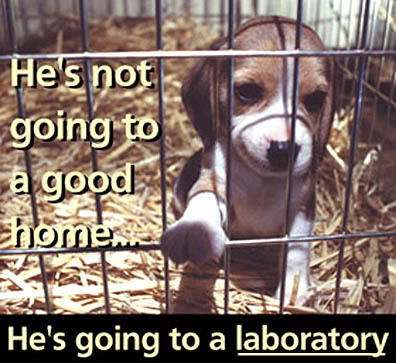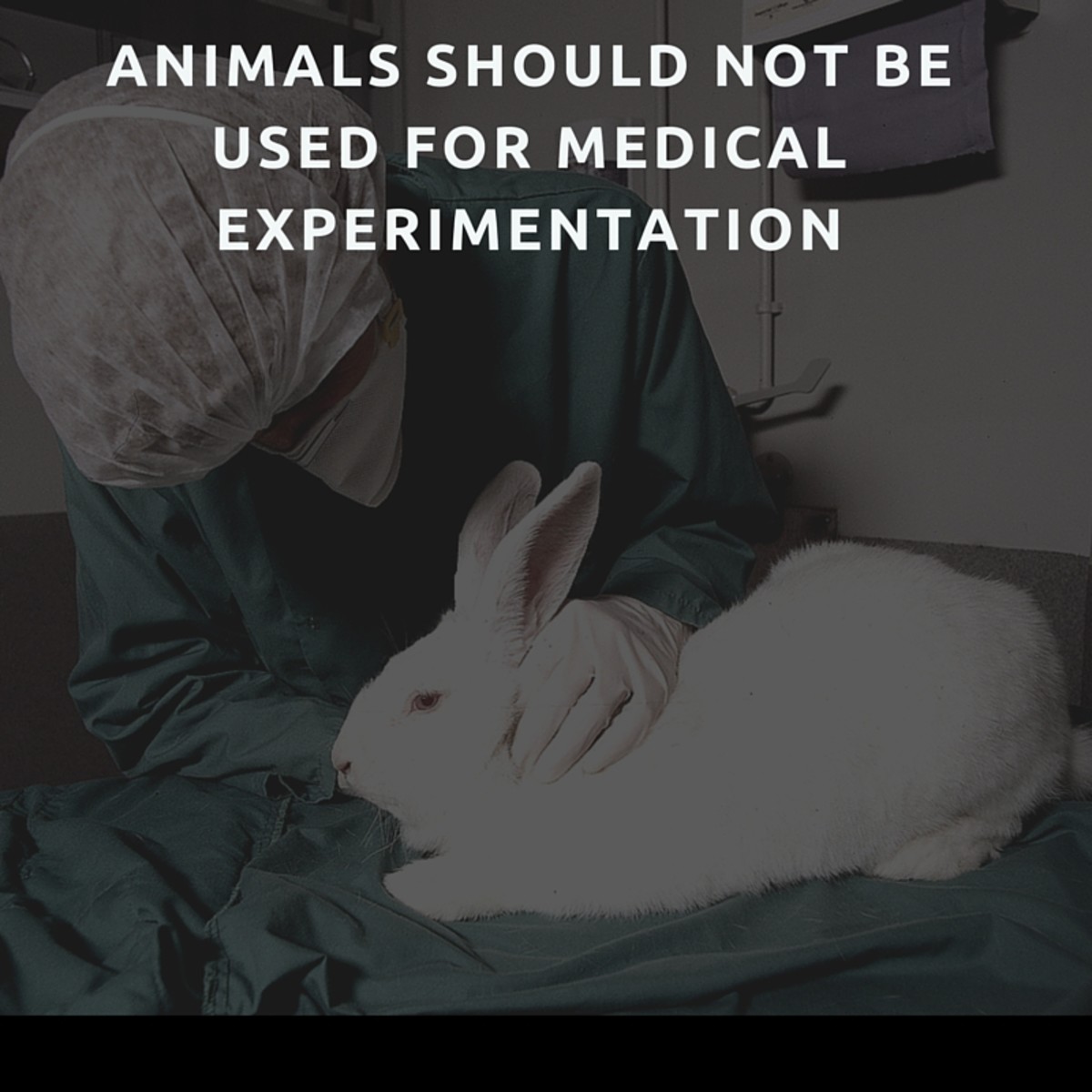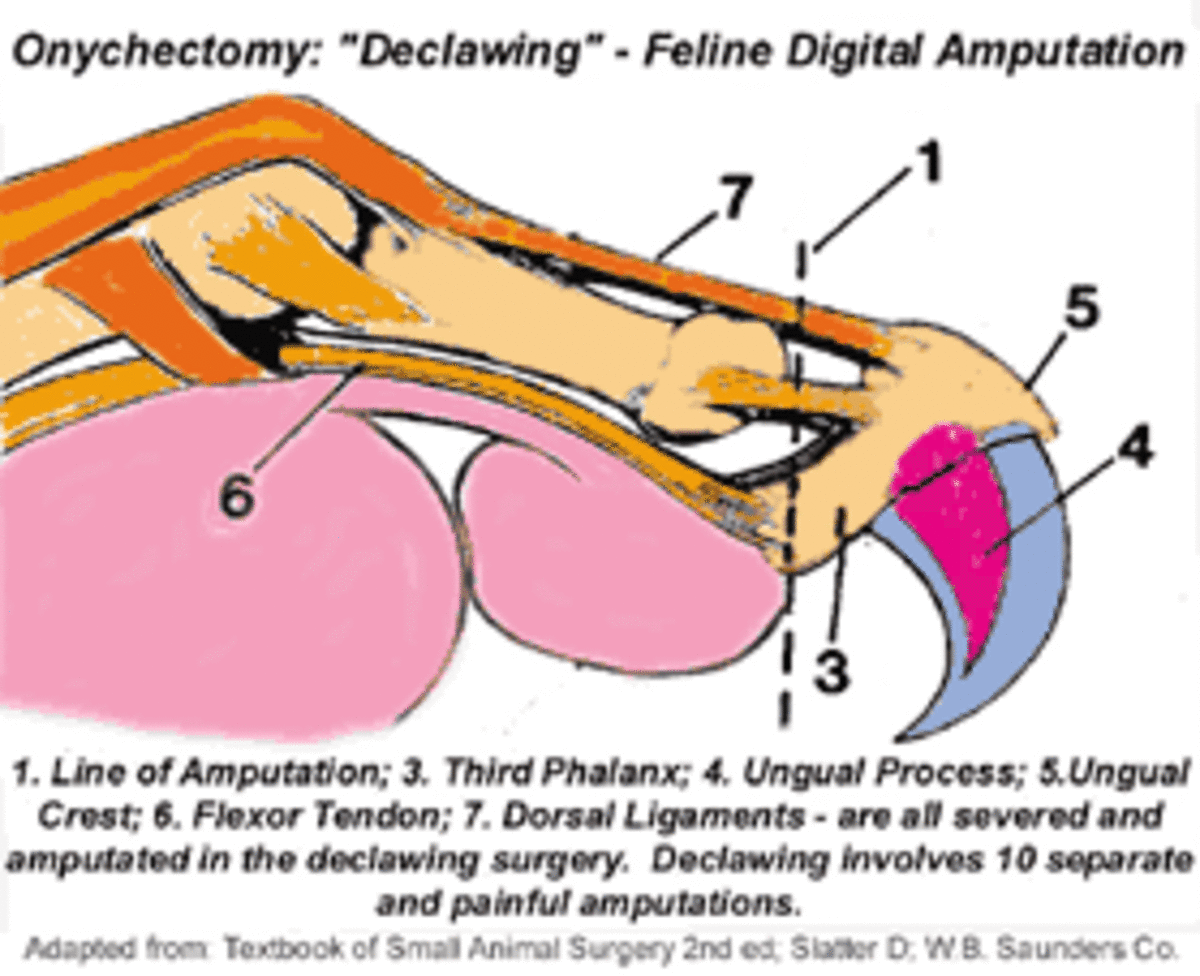Drug testing on animals - Results are inaccurate and inconclusive and cause great suffering to the animal.





Just to start, as an aside,I have 3 Siamese cats, who can be unsettlingly perceptive (when they are not constantly demanding something). The answer, I think, must lay with the undiscovered functions of the majority of the brain area. Due to generations of dulling and inactivity we have lost the ability to take advantage of many of our natural senses, which must be frustrating for animals that seem to have the ability to communicate inter and cross specie without a common language.
Drug testing on animals is a thorny subject, even within the pharmaceutical world. There are certain QC test procedures that are required by law to be carried out on a batch by batch basis. This is both unpopular and wholly unnecessary, but without a change in the law it will continue to the detriment of millions of lab animals. Within the industry it has been known for decades that rodents are probably the most unsuitable animal to reproduce human reaction to drug preparation. To allow for this correction factor tables have been used, but quite frankly the data is of dubious use. I now have no direct connection with the pharmaceutical industry, but attempt to keep abreast of developments. Mine was one of the more morally responsible companies and we pioneered computer-based modules, which cut out much of the repetitive initial development work. We also used in vitro, rather than in vivo test work for the same reason. There comes a point, of course, when tests on living tissue are the only progressive step. However optimistic we were that the product would have a beneficial effect, the law prevented us from carrying out clinical trials on any person with more than a 14 day life expectancy (to bring someone back at that stage needs a miracle not a drug !) Some work was transferred overseas where, for instance in the USA, volunteers, serving life, from their penal systems would take part in, non life threatening, clinical trials, in return for improved conditions. Obviously these rules do not apply to clinical trials on drugs for non-life threatening conditions. Although we were in the forefront of anti-rejection drugs for transplant patients, we never found the necessity to create horrors, such as two headed dogs etc., unlike some of our rival companies in Germany, Switzerland and the Far East. Perhaps we were unusual, but the girls who looked after our animal stock were a formidable breed, who wrote their own rules regarding compassionate treatment. Whilst they understood that the law required the sacrifice of thousands of rodents, where it was not necessary they went to extraordinary lengths to ensure the animal was well treated. If I can digress for a moment, I remember one occasion where we were studying the relationship between obesity and diabetes. The Guinea Pig used in the trials had the area of the brain, which controls the “full” eating function, disabled and consequently it grew and grew. Eventually it developed diabetes and in many other companies, having provided the data, it would have been killed. The girls, however, put it on a strictly controlled diet, gave it, its daily insulin shots and even knitted it a woolly coat whilst its fur grew back. Now I am sure that many of you who are anti-vivisectionists will have a problem even with the compassionate after-treatment of the animal. I have to agree with you and now knowledge and computerised module research would make such an experiment unnecessary. At the time, however, that little Guinea Pig provided much useful data which as a responsible company we shared with others in the world to avoid the need for the same experiment to be carried out again and again. The Guinea Pig lived a long and very comfortable life, the darling of our livestock department.
From an industrial point of view, what I find unacceptable is the constant necessity to substantiate figures for Health & Safety purposes when in the majority of cases the results are blindly obvious. The LD50, LC50 and Draize eye tests are the most useless and abhorrent pieces of work scientists are expected by law to carry out. Do we really need to pour paint stripper into Rabbits eyes, just to put a figure on how quickly it destroys the tissue ? Unfortunately the various “Green” parties and environmental activists are the very people who, inadvertently, are encouraging this sort of animal abuse, by requiring greater and greater information on hazard and pollution risks. Use some common sense, people. There are very few products where the risk factor is not known or cannot be estimated. Just because a risk is anticipated we do not have to experience it. We know fire is hot, but we do not feel the need to put our hand in it to quantify how quickly the flesh is destroyed. This, however, is what we are doing to animals in the name of saving the environment.
I understand the horror and frustration felt by those opposed to animal experimentation. Please, therefore, understand the horror and frustration felt by the greater majority of livestock farmers as they watched MAFF vets cut tongue sections from animals, without anaesthetics, for tests. How they were forced to watch, supposedly, experienced slaughtermen botch the cattle/sheep cull, club to death the new-born and bury alive the merely stunned. You may be cynical about the motives of some farmers, but for most of us those pictures in our minds will stay forever.
Understand this and understand that from abt. 6 million animals slaughtered only around 15% were even suspected of being infected. And the killing went on, DEFRAs website admits another 158,000 since the FMD epidemic officially ended on 30th September 2001. This means that nearly 5.25 million animals have been illegally killed. We then had a situation where the Government panicked to rush through the “Animal Health Bill” which took away any legal right to protest. There was no public enquiry.
The animal-rights people want a bill to protect the welfare of animals, when all that you will get, from this Government, is the unprecedented power of DEFRA to kill any animal it likes with no justification or accountability. Please don’t think for one moment this will only apply to domesticated livestock, it will equally apply to Badgers, Foxes, your cats and dogs, anything they consider constitutes a threat to the greater plan. And there will be nothing you can do about it.
This is not meant to be a political message, nor a criticism of any animal-rights movement. Despite appearances to the contrary the majority, farmers and animal lovers alike share a common interest in the welfare of animals. In most instances the differences occur because they see events from an alternative perspective. Back people into a corner and you will often see an extreme reaction. To enshrine this right in law only serves to aggravate the situation further and widen the divide. Bullying by law is counterproductive, this matter could have resolved amicably by discussion, allowing rights for both sides. Country people would like the right to roam, freely, within the cities, to enjoy the sights without restriction or payment. Is this likely to happen ? Not a chance ! Yet country landowners are expected to allow freedom to roam without restriction or payment and to provide facilities or clear up after our visitors. All fuel to an unnecessary fire.
The horror of battery chickens
- Barren Battery Cage Chickens - now illegal in Europe but not enforced and ignored by certain countri
A new law was passed in Jan 2012 requiring that hens should no longer be kept in barren battery cages. Many major countries in the EU have chosen to completely ignore the law and carry on with the old brutal methods.
© 2012 Peter Geekie









